Navigating Nudity’s Nuanced (and Not so Nuanced) Role in Fashion Campaigns
By Mark Wittmer
The prevalent presence of nudity in fashion imagery feels at once ironic and wholly expected. On the one hand, nakedness seems to represent the antithesis of fashion’s practice of dressing the body. But on the other, these two apparent opposites are inextricably linked, working together as fluid poles on a spectrum of expression, rather than against each other.
Considering this complex relationship between the clothed and the unclothed, how can brands and creative directors leverage nudity to create impactful but meaningful ad campaigns? How does a lack of clothes work to sell clothes? What roles can and should nudity play in fashion advertising?
Key Revelations
Nudity ≠ Sex: Fashion is about dressing the human body, and there are few things more visually intriguing to humans than the body of another human. There’s nothing inherently sexual about the nude body, and we’ve seen a lot of great campaigns use it to convey beauty, intimacy, and strength. And yet of course nonetheless…
Sex Sells (Sometimes): While it’s easy for it to start feeling excessive or overwhelming, a well-deployed bit of sexuality is sometimes just what is needed to get people looking and talking.
Leave Something to the Imagination: Nudity can be a powerful tool in creating alluring, impactful campaign imagery, but it’s crucial to keep in mind that a naked body is not what represents a brand, but rather the way in which it is presented and perceived. The brain is the most erotic muscle.
While campaigns that rely heavily on nudity can often feel like they’re bombarding us with sex, a naked body is not inherently sexual. We’ve seen this truth exemplified by a number of campaigns that use the body as a subject to explore themes of intimacy, vulnerability, confidence, and individuality.
The most groundbreaking of these is undoubtedly Yves Saint Laurent’s iconic campaign for its Pour Homme fragrance that, in a move that was simultaneously self-celebratory and humble, featured the designer himself posing nude in an intimate black-and-white portrait by photographer Jeanloup Stieff. Though the image wasn’t widely publicized in its own time, getting just a bit of circulation in the Parisian press, it found underground resonance and grew to an almost mythical status in fashion’s collective memory.
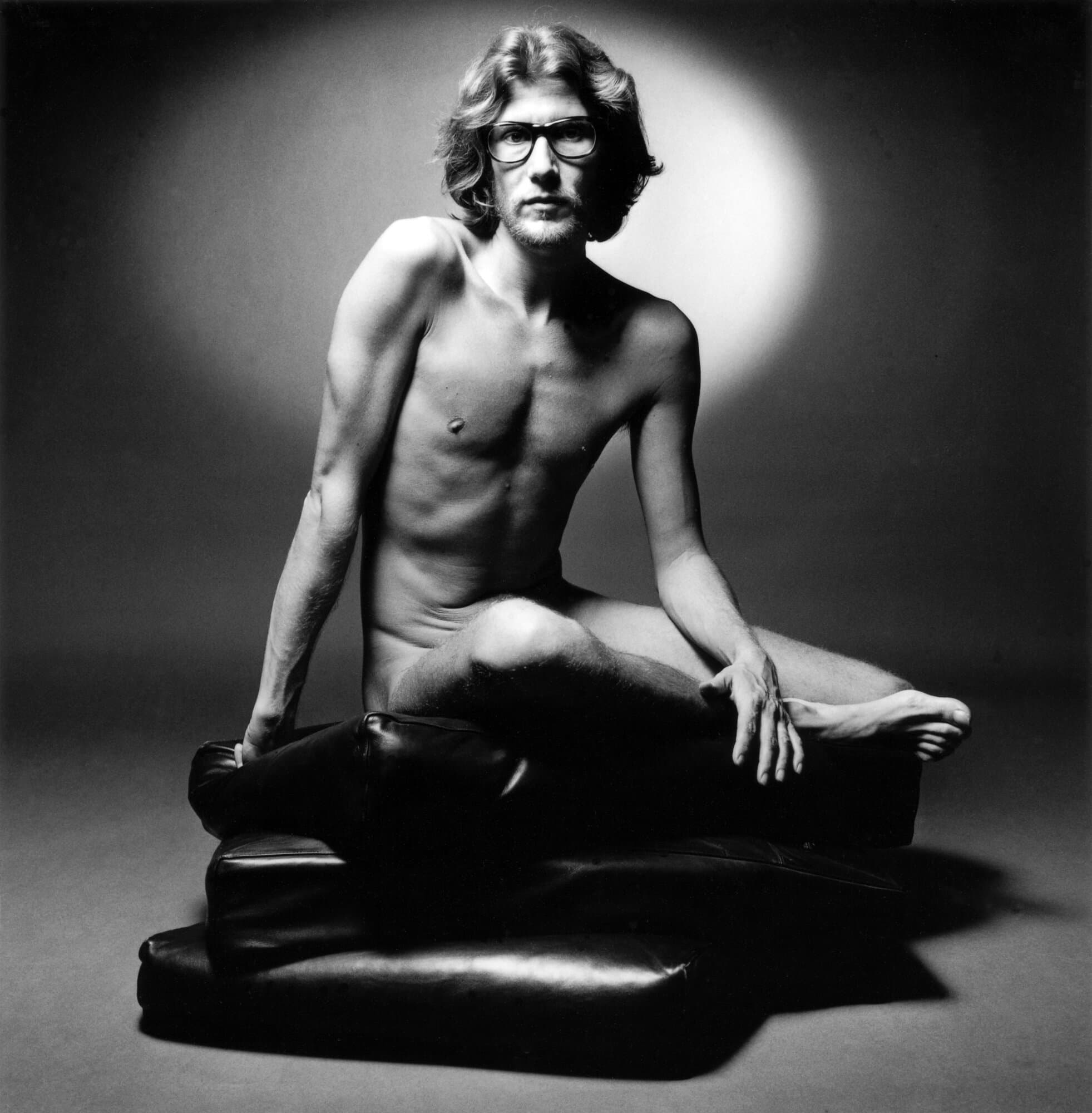
While the use of nudity in advertising for the most part doesn’t really feel new or provocative (open up any 60s men’s magazine and you’ll see the “nudevertising” trend in full swing, where advertisers took advantage of the loosening moral attitudes of the time to objectify and exploit women’s body’s to sell everything from shoes and watches to stereo systems and cars), it can still be used to break down barriers to acceptance and inclusivity. Even today, almost all of the bodies we see in advertising are thin, conventionally attractive, and seemingly cisgendered. While it’s extremely important to avoid exploitation, there’s much work to be done in celebrating bodies that are disabled, fat, or don’t conform to dated binary expectations of gender and sex.
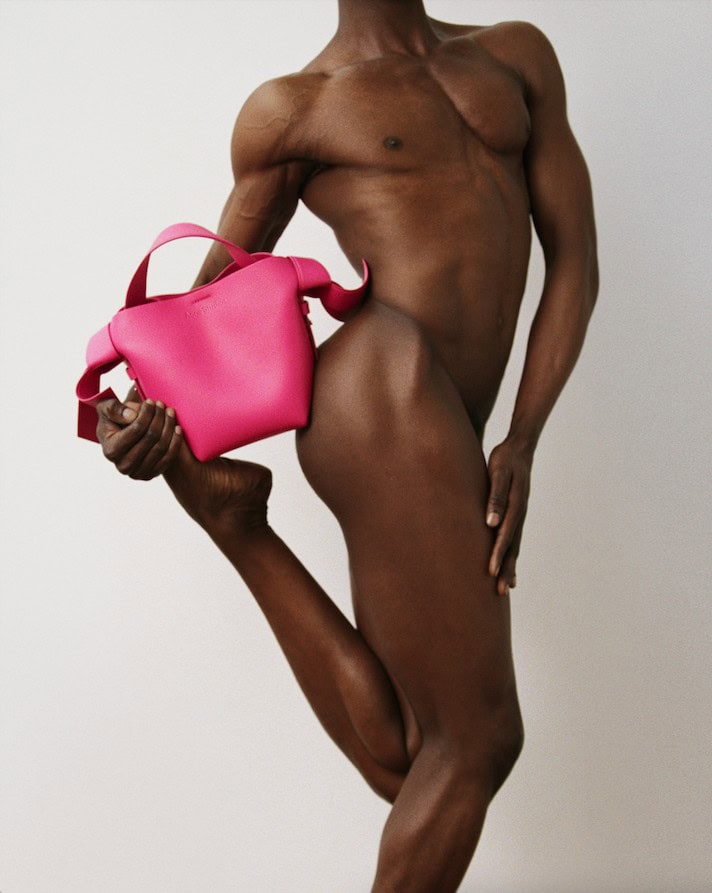

All that being said, there’s still nothing like a little sex to get heads turning and blood pumping. Sometimes the best thing about clothes is taking them off, and a brand that can show us that its clothes look great both worn and strewn across the floor with passionately careless abandon is sure to have a powerful hold over the psyche.
It is important when conceiving and creating campaigns with this sexuality and nudity-forward approach to make sure that viewers can recognize the imagery as distinctly belonging to your brand. This is the case for all ad campaigns, but it becomes an especially crucial balance when a lack of clothes is the focus. When it’s free to be naked, you better show us why we should spend money to look and feel naked in a particular way.
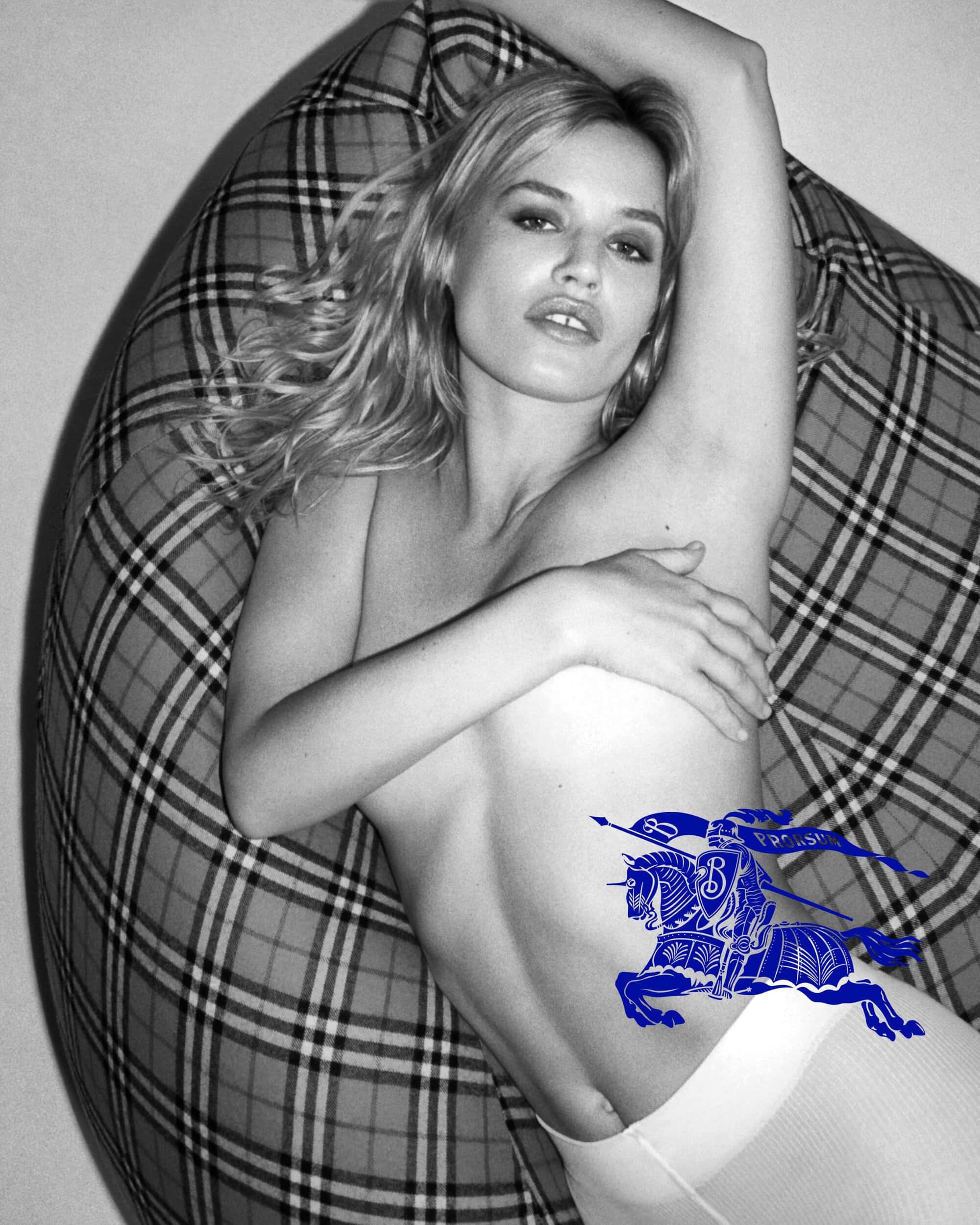

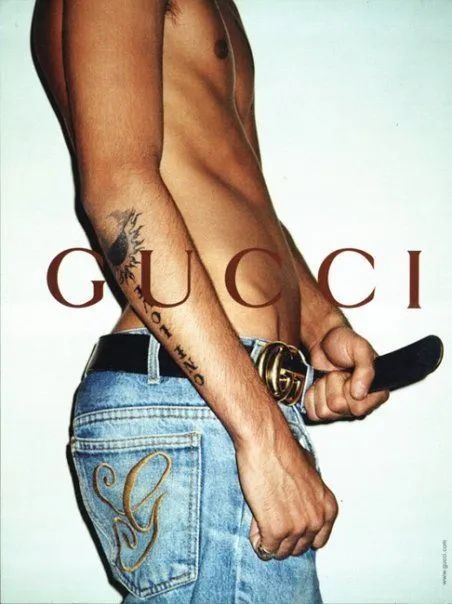
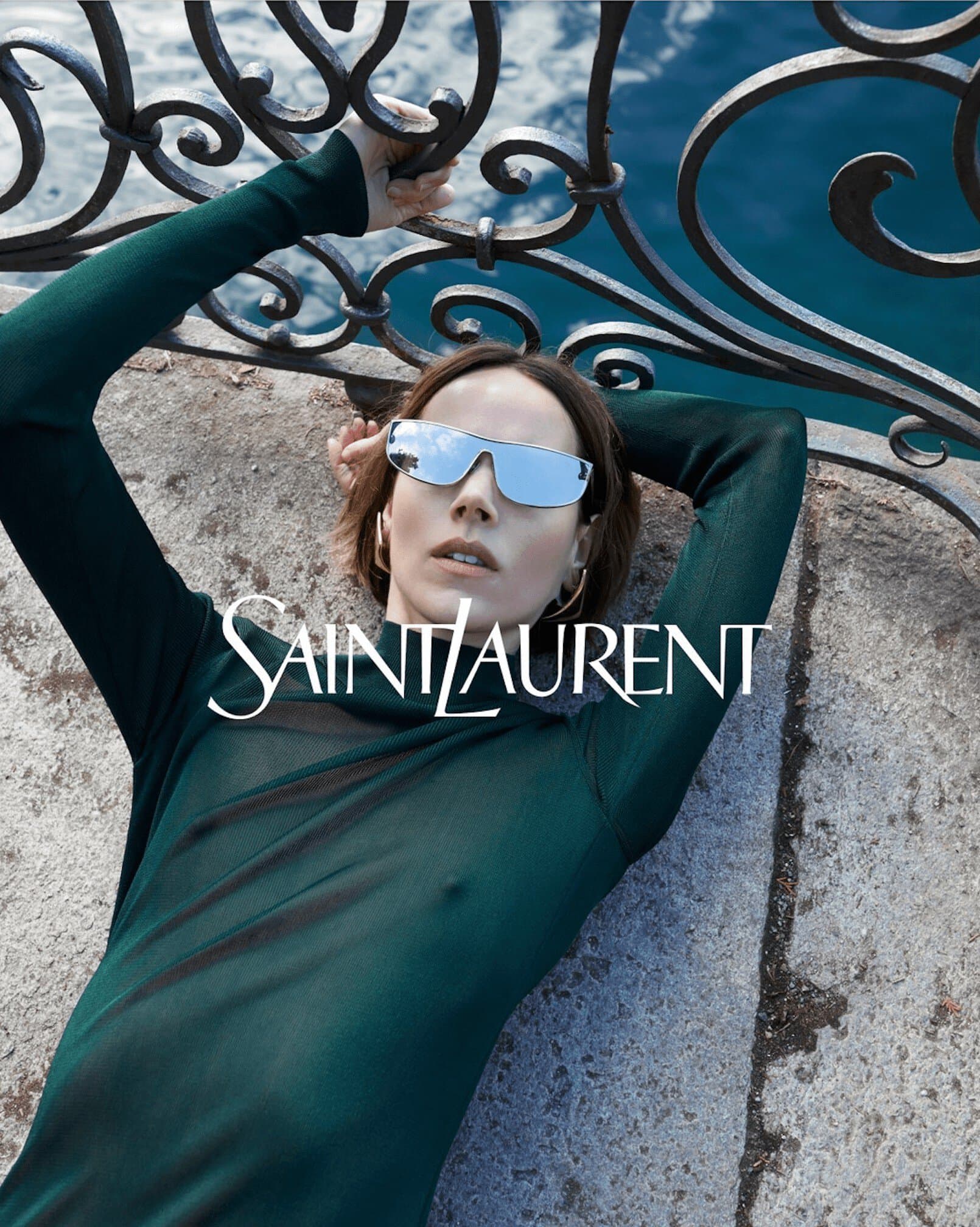
By introducing nudity and its accompanying themes of sensuality, intimacy, confidence, individual expression, and allure into their campaigns, fashion houses incorporate these values and ideals into their brand. At its best, a brand can, in a way, “own” a particular aspect of nudity. Tom Ford, for example, owned an instantly recognizable strain of glamorously elevated sleaze during his time at Gucci (and, to a somewhat less provocative extent, to this day at his eponymous label). More recently, Anthony Vaccarello has masterfully toed the line of the “free the nipple” movement, making use of fabrics, construction, and imagery that plays up the allure of the feminine form while not entirely revealing it.
In this connection, it’s important to keep in mind what may be a cliché but nonetheless has a grain of truth: some things ought to be left to the imagination. When it comes to fashion marketing, this adage isn’t meant in the puritanical sense, but in its embodiment of what fashion imagery has always been about: creating a fantasy. Luxury fashion campaigns create an aspirational world of the imagination that isn’t entirely based in reality, but is not entirely unattainable either. It is the task of creative directors and image-makers to reveal to us our own desires that we didn’t know we had, to show how our world could be. The ways in which the human body can be concealed and revealed presents a powerful vocabulary of expression for creators to draw on in building up this evocative interplay of desire and discovery.
